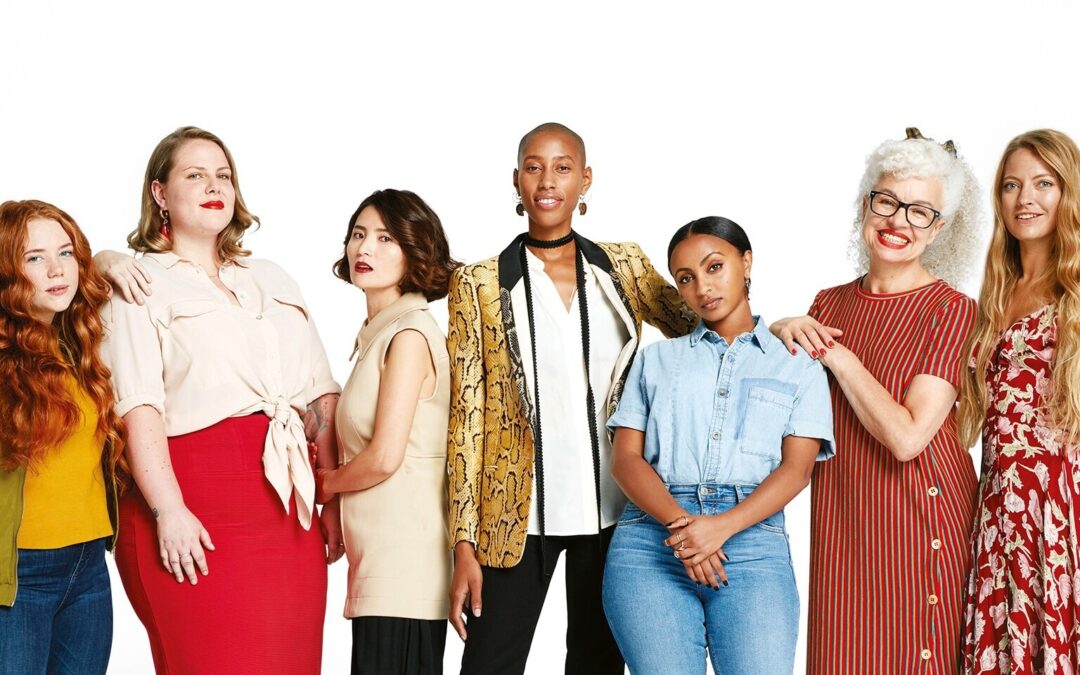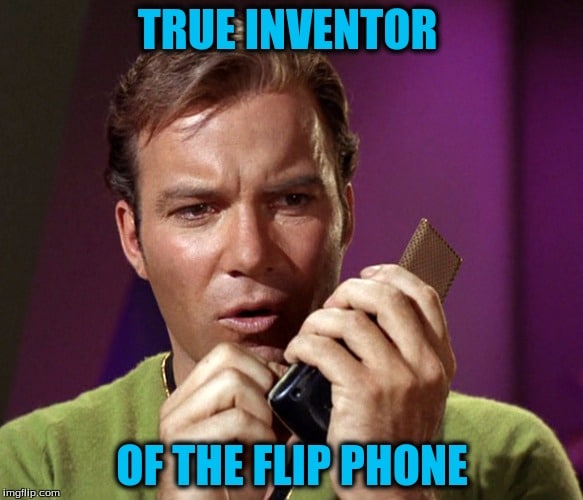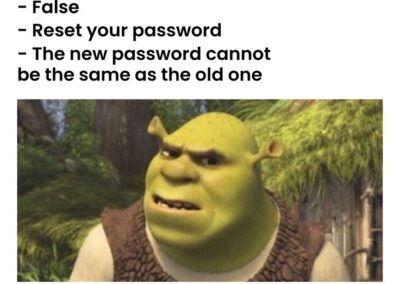How to Rank First on Google
Why Your Website Isn’t #1 on Google
Every week, someone asks me:
“Can you just get my website to the top of Google? Shouldn’t be too hard, right?”
Actually, it’s way harder than you think.
If you’ve been frustrated because your website isn’t ranking where. you want it to on Google, Yahoo or Duck Duck Go, you’re not alone. But there’s a big reality check you need to hear:
There’s no magic button.
No one-click solution.
No $99 secret weapon.
Getting your website to rank on the first page of Google — let alone at the top — is a serious, strategic, time-consuming process that requires skill, consistency, and yes, a real investment.
Let’s walk through what it actually takes.
First, Why Doesn’t Your Website Just “Show Up”?
Google’s mission isn’t to reward websites that want to be first.
It’s to reward websites that deserve to be first.
Meaning:
Your site needs to be the most relevant.
The most trustworthy.
The most user-friendly.
It’s not about who asks nicely. It’s about who earns it — through hard work across multiple areas.
What It Really Takes to Rank on Google
Let’s break it down into three critical areas:
1. SEO (Search Engine Optimization)
SEO is the foundation of your website’s visibility. It’s the art and science of speaking Google’s language.
✅ Keyword research and strategy
✅ Optimized meta titles and descriptions
✅ Smart, natural content structure
✅ Image optimization (file names, alt tags, compression)
✅ Building a strong internal linking system
✅ Keeping your sitemap and robots.txt clean and up-to-date
Translation?
It’s a lot more than “just adding keywords.”
It’s about building trust — brick by brick.
2. AEO (Answer Engine Optimization)
If SEO is about keywords, AEO is about answering questions.
Today’s Google users want instant answers.
If your site clearly, cleanly answers real-world questions, you can land in:
Featured snippets
Voice search results
“People Also Ask” boxes
Answering better = ranking better.
3. UX (User Experience) Optimization
Here’s the part everyone forgets:
If your site frustrates users, Google notices.
Is your site fast?
✅ Is it mobile-friendly?
✅ Is it easy to navigate?
✅ Do people stay and engage?
If users bounce fast, Google pushes you down.
If they stay and explore? That’s a signal you’re worth ranking higher.
So How Long Does It Take?
Brace yourself:
Real SEO results typically take 6 to 12 months — minimum.
Sure, there are little wins along the way, but truly ranking in competitive markets means consistent, layered efforts over time.
You don’t just sprint up the mountain.
You climb — strategically, patiently, and with a professional guide.
And How Much Does It Cost?
If you think $100 is enough to “get to the top,” I hate to break it to you — it’s not even enough to gas up the car for the climb.
Here’s a realistic range if you’re working with a legit professional:
Initial SEO overhaul: $3,000 to $10,000+
Ongoing SEO maintenance and growth: $500 to $2,500 per month
Prices vary based on:
The size of your website
How competitive your market is
How badly your current setup needs fixing
Whether you also need content creation, link building, or technical SEO support
In short: Good SEO isn’t cheap. Cheap SEO isn’t good.
Why Working With a Professional Matters
Sure, you could DIY your SEO after a few YouTube tutorials…
…kind of like you could try to rewire your house after watching a few TikToks.
But when it comes to your business — your livelihood — it’s smarter to trust someone who knows how to:
Build a full keyword strategy
Align content with search intent
Fix technical issues (without breaking your site)
Improve UX so users — and Google — actually love your pages
Create authority signals through backlinks and media features
Adapt fast when Google updates its algorithms (which it does… a lot)
Professionals don’t just “optimize.”
They plan, track, adapt, and evolve — because SEO is a living, breathing ecosystem.
Final Word: Respect the Process
If you want fast and cheap? You’ll probably get buried on page 10 of Google, waving at tumbleweeds.
If you want real visibility, real authority, and real growth?
It takes:
Strategy
Skill
Time
Investment
And yes, some patience
When you put in the real work (or hire someone who does), that’s when you stop chasing rankings — and start owning them.
Ready to find out where your site actually stands — and what it’ll take to climb?
👉 Contact me here for a real-world SEO evaluation.
No fairy dust. No empty promises.
Just honest strategy to get you where you deserve to be.










